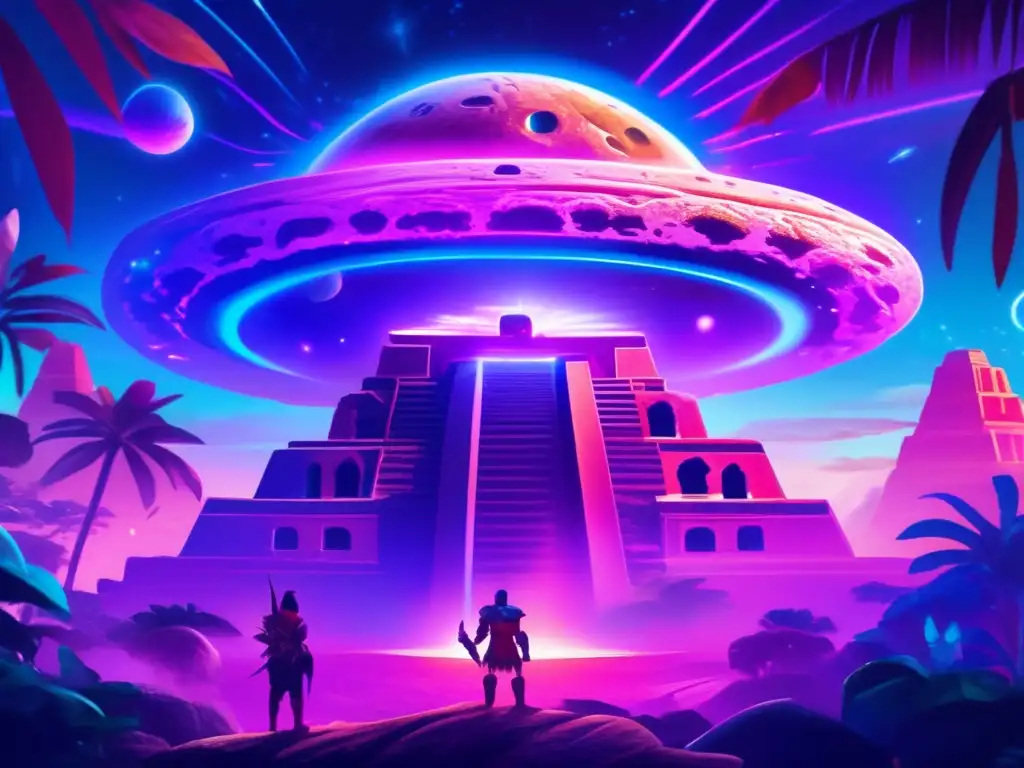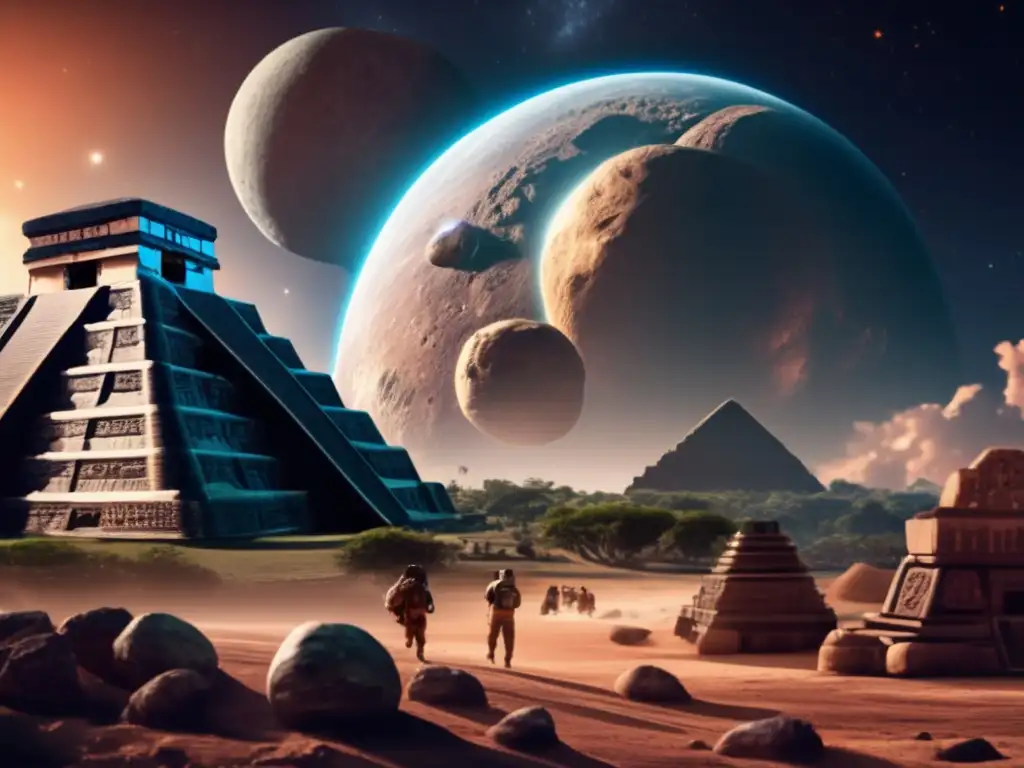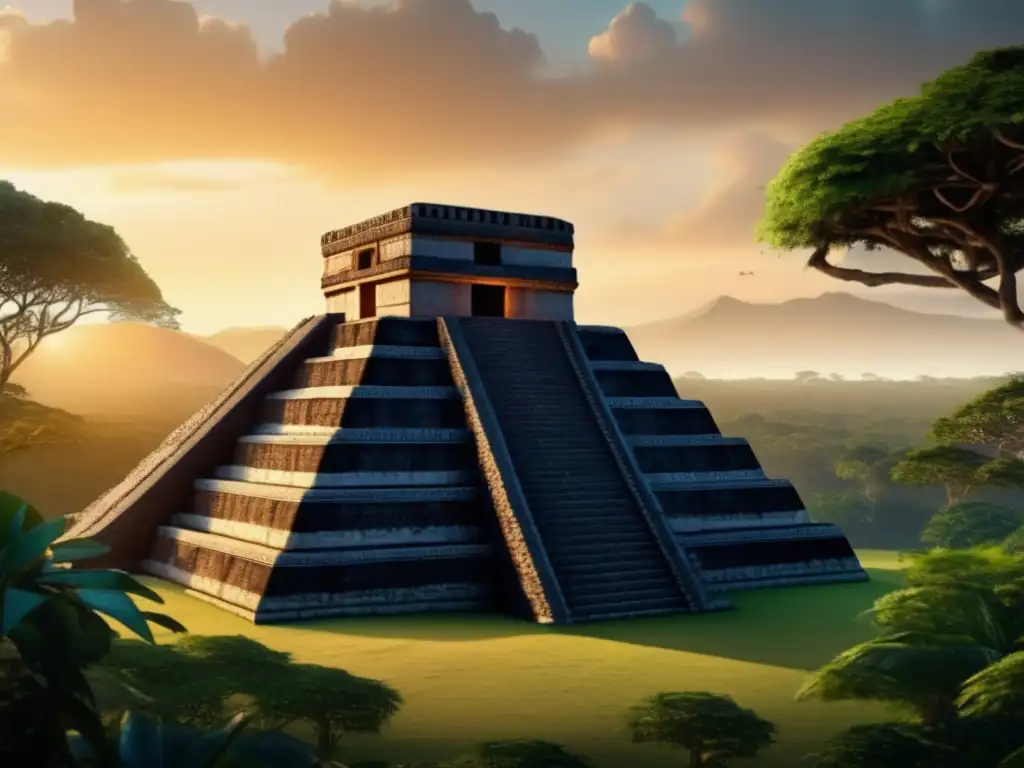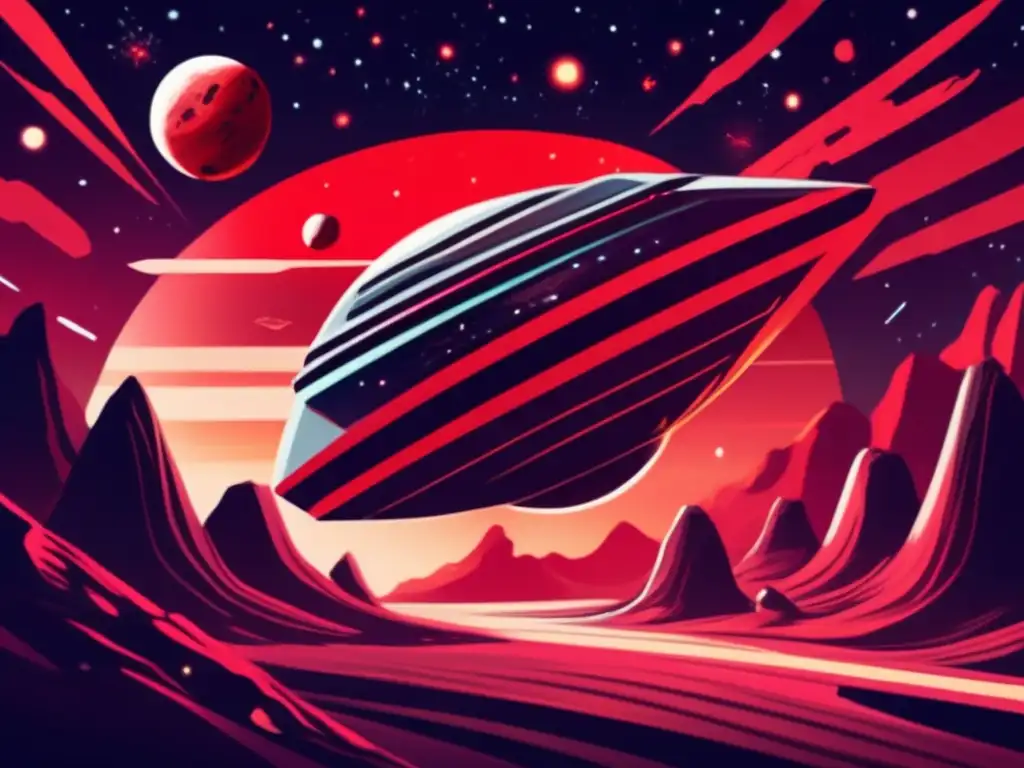Ancient Observatories And Asteroids: A Deep Dive Into Mayan Mythology

Introduction
The Mayan civilization was known for its sophisticated astronomical observations and interpretations. They were the first to develop a written calendar that accurately predicted solar and lunar eclipses. The Mayans also had an elaborate mythology surrounding the stars and planets, including asteroids. In this article, we will explore the role of asteroids in Mayan mythology and how they were observed through ancient observatories.
The Mythology of Asteroids in Mayan Culture

The Creation Story
In Mayan mythology, the universe was created by the gods. The god Itzamná created the earth, sky, and sea and then the gods created the stars, including asteroids. It is believed that the asteroid belt between Mars and Jupiter was created from the debris of a planet that once existed in that location. This planet was said to have been destroyed in a great cataclysmic event that caused chaos in the universe. The Mayans believed that asteroids were harbingers of change and transformation.
The Gods and Asteroids
The Mayans believed that the gods controlled the movements of the stars, including asteroids. One of the most important Mayan gods associated with asteroids was Chac, the god of rain and lightning. Chac was often depicted holding a thunderbolt and a serpent, which symbolized the power he had over the weather and the movements of stars. The Mayans believed that Chac was responsible for the flare-ups and sudden changes in the brightness of certain stars, including asteroids. They saw these events as signs of Chac's presence and his influence over the universe.
Prophecy and Asteroid Observations
The Mayans believed that asteroids and other celestial bodies were closely tied to the fate of humans on earth. They believed that the movements and positions of asteroids could be used to predict the future. The Mayan priests observed the positions of the stars and planets, including asteroids, through ancient observatories such as El Caracol and Tulum. By analyzing the movements of these celestial bodies, they were able to make accurate predictions about the weather, agriculture, and even political events.
The Observatories of the Mayans

El Caracol
El Caracol was an ancient observatory located in Chichen Itza, Mexico. It was built by the Mayans around 906 AD and features a circular tower with two windows aligned to the positions of the sunrise and sunset during the summer solstice. The observatory was used to study the movements of the stars and planets, including asteroids. The windows were designed to create a "drumming" sound when the wind passed through them, which the Mayans believed was a sign from the gods.
Tulum
Tulum was a walled city located on the eastern coast of the Yucatan Peninsula. It was built by the Mayans around 1200 AD and features an observatory known as "The Castle." The observatory was used to observe the movements of the stars and planets, including asteroids. The Mayans believed that certain alignments of the stars and planets were harbingers of change and transformation.
Frequently Asked Questions

-
Did the Mayans believe that asteroids had any impact on their daily lives?
Yes, the Mayans believed that the positions and movements of asteroids could be used to predict the future, including the weather, agriculture, and political events.
-
What gods did the Mayans associate with asteroids?
The Mayans associated the god Chac with asteroids. Chac was the god of rain and lightning and was often depicted holding a thunderbolt and a serpent.
-
What were some of the ancient observatories used by the Mayans to study asteroids?
El Caracol and Tulum were two of the most famous ancient observatories used by the Mayans to study the movements of the stars and planets, including asteroids.
-
What was the significance of the asteroid belt in Mayan mythology?
The asteroid belt between Mars and Jupiter was believed to have been created from the debris of a planet that once existed in that location. The Mayans saw the asteroid belt as a symbol of transformation and change.
-
How accurate were the Mayan predictions based on asteroid observations?
The Mayans had a sophisticated system for observing and interpreting the movements of the stars and planets, including asteroids. Their predictions were often accurate and were used to guide their daily lives.
Conclusion
The Mayans had a rich and complex mythology surrounding asteroids and other celestial bodies. They believed that these objects were closely tied to the fate of humans on earth and that their movements could be used to predict the future. Through their ancient observatories, the Mayans were able to make accurate observations and predictions based on the positions and movements of the stars and planets, including asteroids. Their legacy continues to fascinate and inspire us today.
Thank you for reading this article on ancient observatories and asteroids in Mayan mythology. We hope you found it informative and engaging. Please share your thoughts and comments below, and don't forget to check out www.asteroidrealm.com for more articles on the fascinating world of asteroids.
Additional Resources

 Asteroids In Creation Myths: A Cross-Cultural Analysis
Asteroids In Creation Myths: A Cross-Cultural Analysis The Heavenly Dance: Asteroids In Classical Indian Dance
The Heavenly Dance: Asteroids In Classical Indian Dance Falling Stars Or Gods? The Role Of Asteroids In Ancient Mythology
Falling Stars Or Gods? The Role Of Asteroids In Ancient MythologyIf you want to discover more articles similar to Ancient Observatories And Asteroids: A Deep Dive Into Mayan Mythology, you can visit the Asteroid Mythology category.
Leave a Reply

Articulos relacionados: